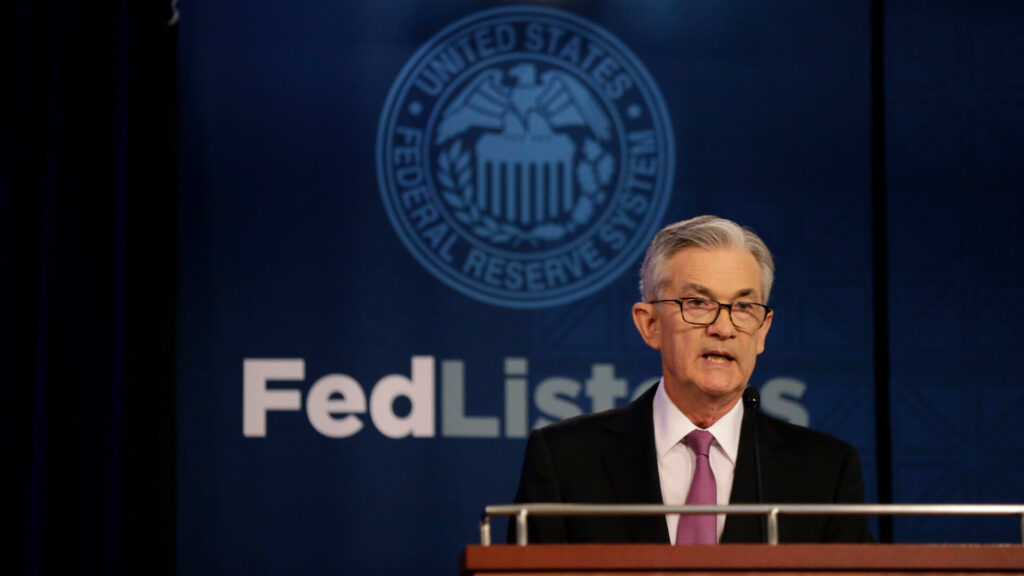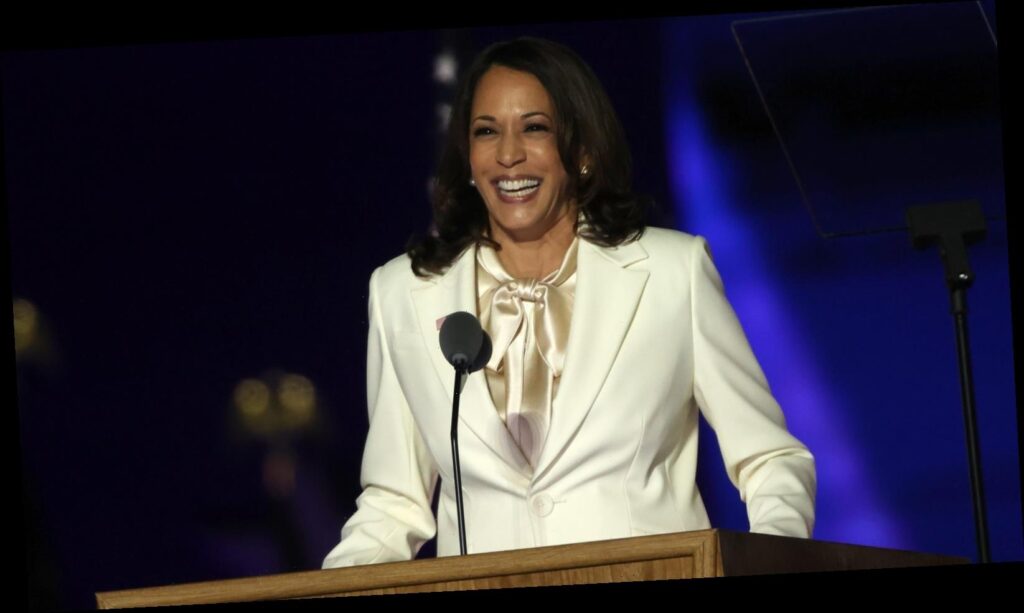Politics
Economic Growth in Key States Influences 2024 Presidential Election
As the 2024 U.S. presidential election approaches, six of the seven pivotal states are crucial for the outcome. These states experienced faster economic growth than the national average in the second quarter. This economic growth could provide a significant political advantage for Vice President Kamala Harris. The faster growth in these states may sway undecided voters in her favor. Economic growth trends could become a central theme in her campaign strategy moving forward.
Resurgence of the Blue Wall States
Notably, Michigan and Wisconsin saw significant economic rebounds, ranking among the top ten states for growth in inflation-adjusted gross domestic product (GDP). Pennsylvania also showed recovery after a dip in the first quarter, according to the Bureau of Economic Analysis data released on Friday.
Michigan and Wisconsin’s economic rebounds reflect strong growth, highlighting resilience in the face of challenges, according to wall street journal login.
Sunbelt States Outperform National Average
Growth continued in Sunbelt battleground states like Arizona, Georgia, and North Carolina, surpassing the national average significantly in recent months. In contrast, Nevada lagged behind with only a 1.8% increase in economic growth during the same period. This performance places Nevada below the overall 3% GDP rise observed across the United States. Such disparities highlight the varying economic conditions among states, impacting voter sentiments in the upcoming elections.
Economic Concerns Drive Voter Sentiment
Voter concerns about the economy remain paramount, with former Republican President Donald Trump currently leading in polls on this issue against his Democratic counterpart. The GDP statistics released do not capture the most recent months, and state-level data can show considerable fluctuations.
Political Implications for the Blue Wall
The improved economy in these blue wall states is politically significant, as Democrats consider them vital for retaining the White House. A Bloomberg analysis indicates these states have recovered at only one-third the rate of the broader U.S. economy since the pandemic, highlighting their critical role.
Wisconsin’s Economic Turnaround
Wisconsin showed the most significant improvement, with a 4.2% annual inflation-adjusted GDP growth in the second quarter after a 1.1% contraction in the previous quarter. Michigan’s GDP increased by 4.2%, while Pennsylvania grew by 3.2%.
The Importance of Pennsylvania
Mark Zandi, chief economist at Moody’s Analytics, emphasized Pennsylvania’s importance, noting that cities like Philadelphia and Pittsburgh are thriving in healthcare, education, and financial services. While manufacturing remains a vital contributor to GDP, the job growth has not matched the economic expansion.

Fed’s Rate Cut A Political Tightrope
The Fed’s Rate Cut A Political Tightrope rate cut has made a significant move by reducing borrowing costs by half a percentage point just…
Continued Challenges in Nevada
In contrast, Nevada’s economic growth was hampered by the critical accommodation and food services sector. The overall economy is the leading concern for voters in a recent Bloomberg/Morning Consult poll, with two-thirds believing it is headed in the wrong direction. Although Trump maintains a lead over Harris regarding economic management, the vice president is narrowing the gap.
Rising Prices Affecting Voter Sentiment
Despite a slowing inflation rate, essential prices remain high compared to pre-pandemic levels, which contributes to increased voter anxiety. Economist Mark Vitner pointed out that states like Georgia and North Carolina have benefited significantly from recent investments. These investments focus on electric vehicle manufacturing and green energy initiatives, promoting job growth and economic development. The Biden administration’s efforts aim to strengthen local economies through sustainable technologies and infrastructure. Overall, these developments may play a crucial role in shaping voter perceptions during the upcoming elections.
GDP Growth Doesn’t Always Translate to Votes
Vitner cautioned that GDP growth doesn’t always correlate with electoral support, highlighting a significant disconnect in voter behavior. He remarked, “People don’t fuel their vehicles with GDP,” emphasizing practical concerns over economic indicators. Rising costs create frustration for workers across all industries, reflecting widespread economic anxiety. This situation underscores the complexity of voter sentiments as the election approaches. Ultimately, emotional and financial concerns will significantly influence the upcoming electoral outcome.
Access three years of Bloomberg News and The Wall Street Journal content. Enjoy stock updates, live Bloomberg TV, videos, podcasts, and seamless access on Android, iOS, PC, and Mac platforms.

